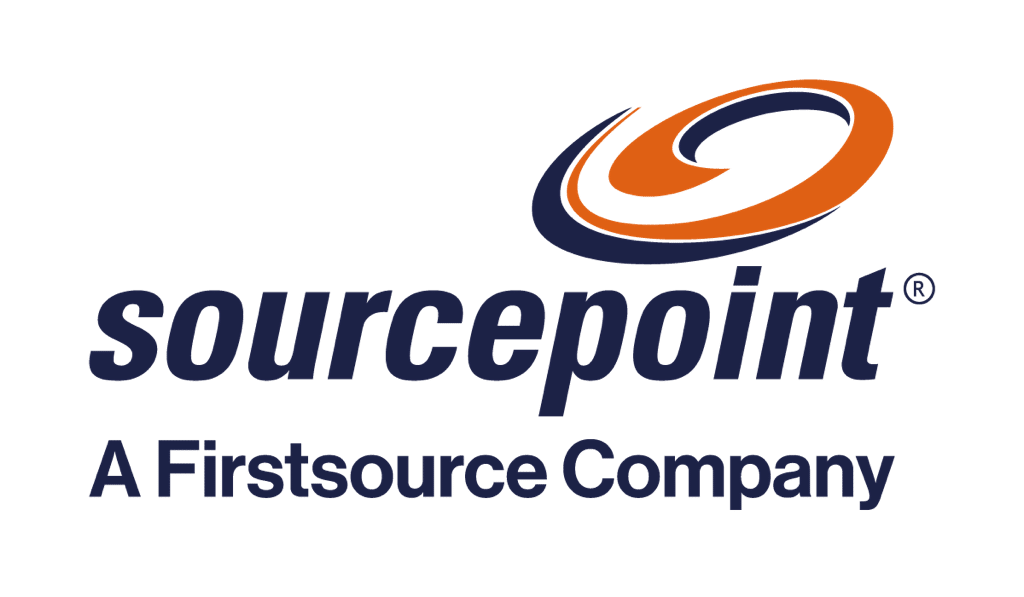Last week, 4,000+ movers, shakers and innovators from the mortgage industry gathered in Austin at the MBA Annual Convention & Expo. More than 100 expert speakers were invited to address this large gathering of industry professionals over a four-day period, October 27–30. Roy Wittig, Sourcepoint’s Vice President, Product and Strategy, was one of them. He was a panelist on an Innovation and Tech Track session titled “Hiring Mr. Roboto”, along with Bill Packer, EVP & COO, American Financial Resources Inc. and Gabe Minton, EVP & CIO, Guild Mortgage Company.
The panel discussion, held on October 29, provided practical insights to lenders either looking to start a new RPA initiative or expand an existing one. It offered an overview of Robotic Process Automation (RPA), what it really means in mortgage lending, and the value lenders of all sizes are gaining by utilizing different levels of RPA across production, QC and compliance functions.
There was much to absorb from the conversation, but here are three key takeaways:
#1 RPA is the foundation to developing an Intelligent Process Automation ecosystem
According to Forrester, RPA is the fastest growing Enterprise Software Segment (60% YOY) globally. By 2021, the RPA market is expected to exceed $2B annually across all industries. What’s driving this phenomenal growth? RPA is seen as the foundation for automating workflows using structured data. It offers the ability to layer in Artificial Intelligence, Machine Learning and Optical Character Recognition (OCR) to create a more intelligent cognitive computing environment. Using RPA, forward-looking lenders are already realizing several tangible benefits such as increased productivity, decreased errors, reduced costs, and improved employee satisfaction. RPA is further evolving to leverage Machine Learning to make recommendations on process improvements, further amplifying the benefits.
#2 While it’s unclear exactly how many and to what extent, lenders are generally making an effort to implement RPA
Today, lenders are mostly adopting RPA across Loan Setup (25%), Processing (59%) and Closing (32%) functions. A core strategy in digitizing the loan process involves applying RPA to automate manual, high volume, repetitive processes to streamline workflows, improve turn times, and ensure consistency in loan processing. An MBA Technology Study shows 62% have implemented at least one bot while 33% have implemented at least six bots. Only 14% are not considering using RPA.
#3 With all its promise, RPA does not come without its challenges
According to the panelists, it’s important to ensure that IT and business are aligned with RPA priorities and expectations. It’s important to set proper expectations up front and ensure alignment on priorities as RPA does not necessarily produce outsized results in the short-term. It is recommended that lenders start small to get their feet wet and proof out the value, before taking on larger and more ambitious projects. Programs such as UIPath offer free trial versions to help users familiarize themselves with RPA’s potential. As lenders increasingly consider an RPA implementation across the mortgage lifecycle, establishing monitoring and maintenance programs will be paramount for RPA success. It’s critical to put processes and resources in place to monitor the bots and process exceptions, ensure capabilities to troubleshoot errors, and recalibrate as needed.
The panelists also pointed out that while many RPA platforms may claim business users can jump straight into RPA setup and deployment, such an approach is not an ideal fit with the complexities and nuances of the mortgage industry. As a first step, it’s important to develop dedicated resources with relevant technical aptitude. Sourcepoint’s dedicated CoE team, for instance, is led by an RPA expert and consists of over 20 experienced developers who work to identify best-fit processes for RPA implementation, i.e. processes where implementing RPA is likely to deliver the highest ROI.




